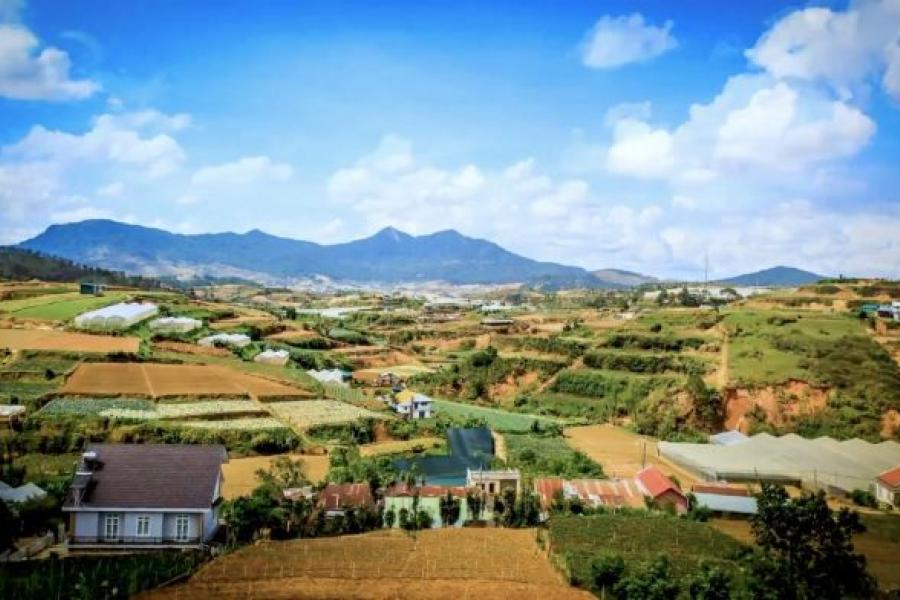A booming economy brings challenges
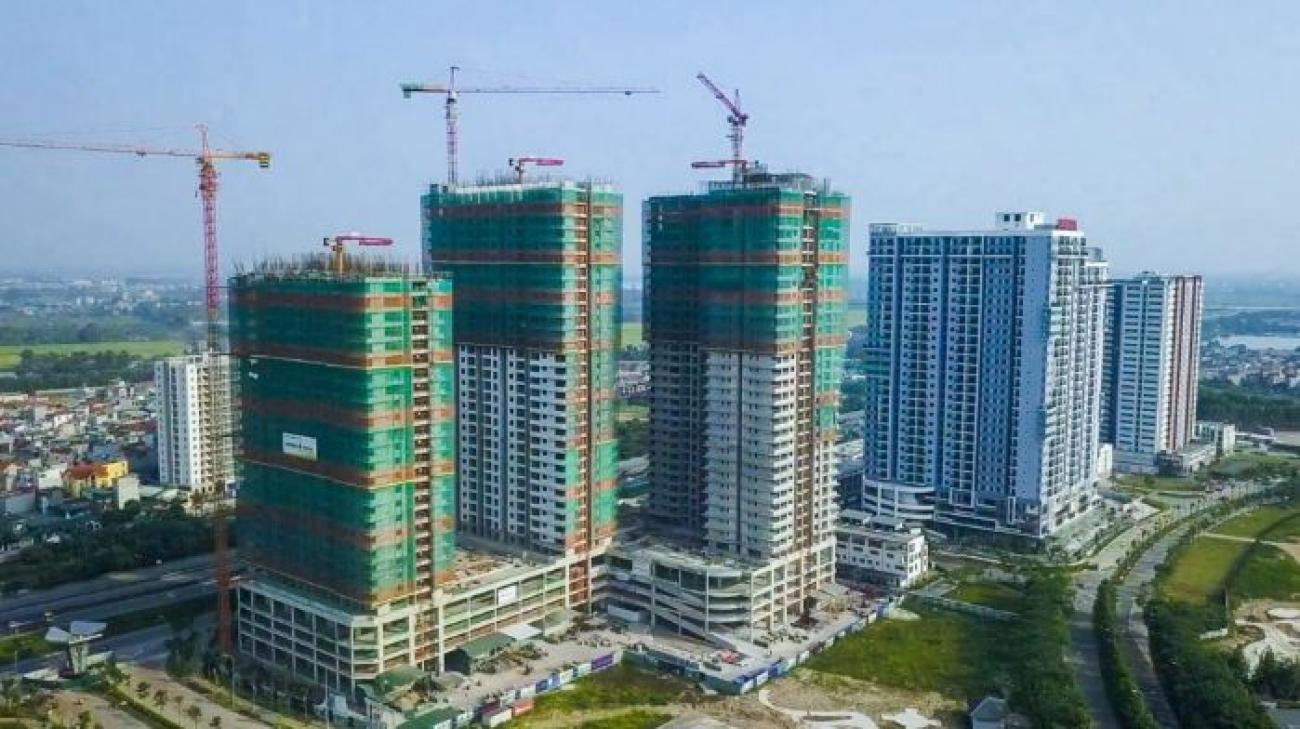
While economic expansion has contributed to bringing people out of poverty it has also been bad for air quality. Photo editing by Rico Cruz.
Viet Nam’s economy, and its building industry, is booming. GDP is on the rise, and between 2005 and 2011 the demand for building bricks increased by six percent every year, and that pace is expected to be the same over the next 10 years. However more than 87 percent of building bricks are clay-fired. And traditional kilns use millions of tonnes of coal.
So while economic expansion has contributed to bringing people out of poverty it has also been bad for air quality.
“I wished we did not live near the traditional brick kilns and could breathe better quality air,” says Nguyen Van Cuc, a 70-year-old man who lives in Phu Tho province. “Dust and fumes badly affect people’s health. There were no case of cancer in the past but nowadays people have been diagnosed with cancer and persistent coughs.”
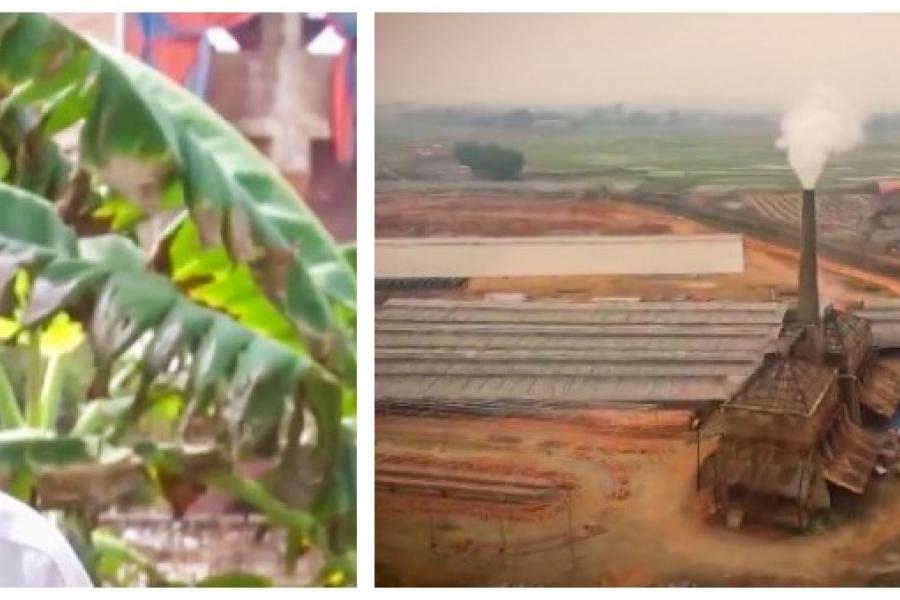
According to 2018 World Air Quality Report by IQAir AirVisual, Viet Nam is one of 20 countries with high air pollution. Jakarta and Ha Noi are considered the two of the most polluted cities in Southeast Asia.
Across the world, environmental pollution is undermining human health causing respiratory failure, and diseases such as asthma, cough, rhinitis, and pneumonia. It has been linked to lung cancer and is responsible for reducing human lifespans.
In Viet Nam, air pollution is affecting sustainable development and incomes. Those that live near polluted areas, especially the poor, cannot avoid exposure and cannot protect themselves. Subsequently, they must bear healthcare costs that often exceed their income.
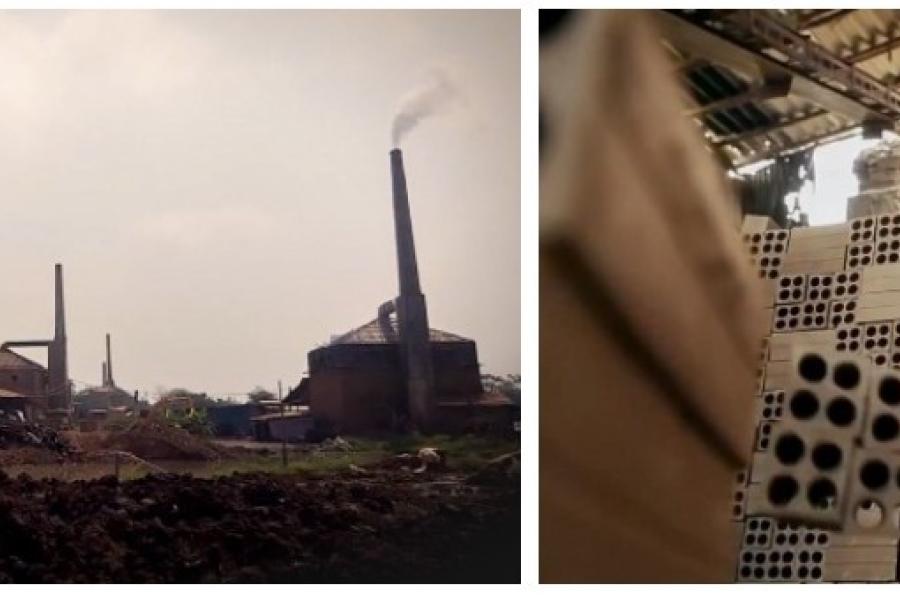
“Transportation, emissions from industries, the open burning of post-harvest straw in rural areas, and waste in suburban areas are the main sources of rising greenhouse gas emissions,” says Dao Xuan Lai, Head of the Climate Change and Environment Unit, UNDP Viet Nam. “We need to drastically cut such emissions, and this is possible if governments, people and concerned organizations work together.”
The Viet Nam Provincial Governance and Public Administration Performance Index (PAPI) report 2018 revealed that more citizens were concerned about air quality. This has required prompt government action, including engaging citizens in protecting their environment.
The government has approved a national programme to develop non-fired building materials by 2020. The target is to increase the use of non-fired bricks to 30 - 40 percent by 2020.
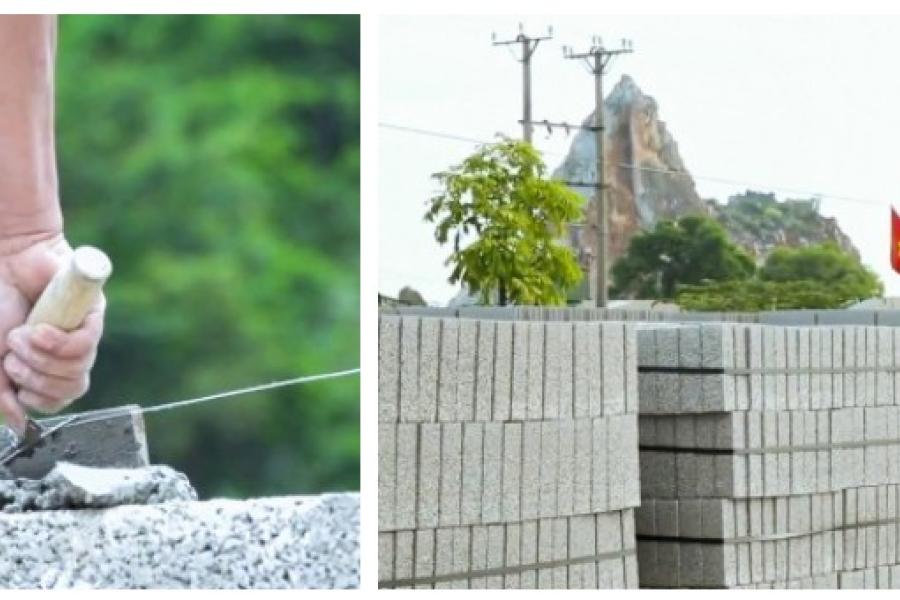
This will not only improve air quality by reducing greenhouse gas emissions, it will reduce the pressure on agricultural land which is needed for clay.
The Global Environment Facility (GEF) and UNDP have supported the project “Promotion of Non Fired Brick Production and Utilization in Viet Nam”, implemented by the Ministry of Science and Technology and the Ministry of Construction.
With UNDP’s technical support, the government’s policy mechanisms were developed to promote the non-fired building materials development programme and to limit the production of fired bricks. As of December 2018, 1.8 million tonnes of CO2 emissions were reduced by avoiding the use of coal and it meant local people were breathing safer air. In order to promote the production of the non-fired bricks, the project provided technical capacity building on technology application and operation for more than 20 companies, 1,600 managers and technical staff The number of companies producing non-fired brick has increased and they are replacing traditional brick kilns.
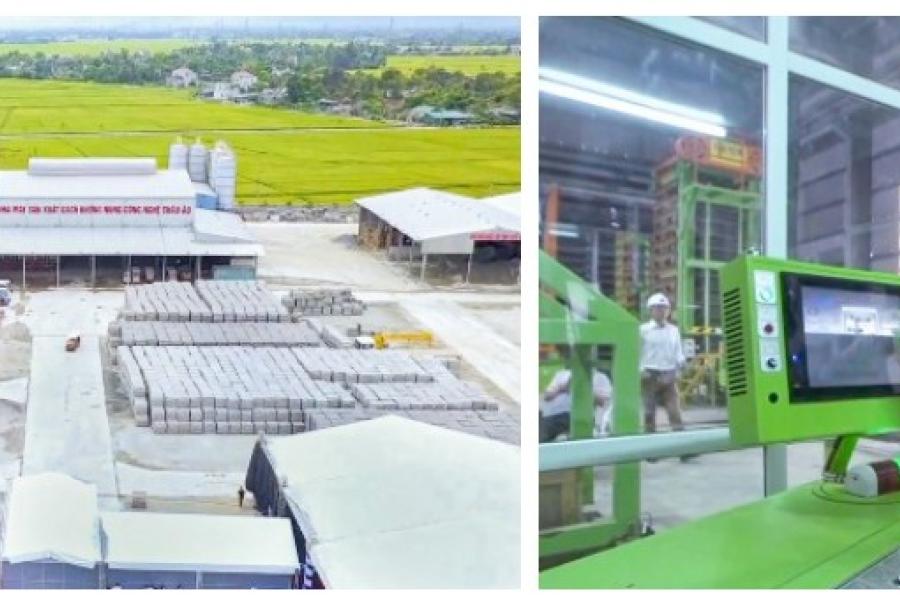
“It is evident that the project has contributed to not only mitigating CO2 emission and reduction of air pollution, but also has links to poverty reduction through employment creation in non-fired brick production and greenery for future generations,” said UNDP Resident Representative, Caitlin Wiesen.
Now there are hundreds of non-fired brick factories nationwide that meet the standards of quality, suitable for many types of construction, from rural areas to big cities, bringing benefits to the environment while protecting resources and reducing Viet Nam’s air pollution.
The initiative has been a big relief for families who in the past had no choice but to breathe polluted air and wonder what kind of diseases they would get because of it.
“I could not imagine that I could enjoy fresher air like now. There are no more traditional brick kilns around my area,” Cuc says.
